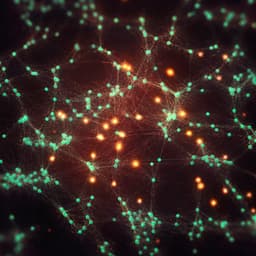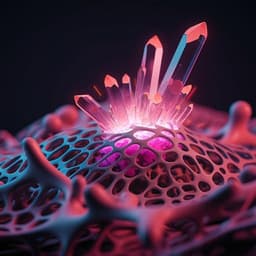
Medicine and Health
Ultrathin monolithic 3D printed optical coherence tomography endoscopy for preclinical and clinical use
J. Li, S. Thiele, et al.
Discover an exciting breakthrough in optical coherence tomography (OCT) endoscopy with a pioneering ultrathin probe fabricated through innovative 3D microprinting. This remarkable probe, measuring just 0.457 mm in diameter, is the smallest of its kind and showcases the ability to capture high-resolution images of delicate organs, revealing intricate microstructural details. This research was conducted by Jiawen Li, Simon Thiele, Bryden C. Quirk, Rodney W. Kirk, Johan W. Verjans, Emma Akers, Christina A. Bursill, Stephen J. Nicholls, Alois M. Herkommer, Harald Giessen, and Robert A. McLaughlin.
~3 min • Beginner • English
Related Publications
Explore these studies to deepen your understanding of the subject.







